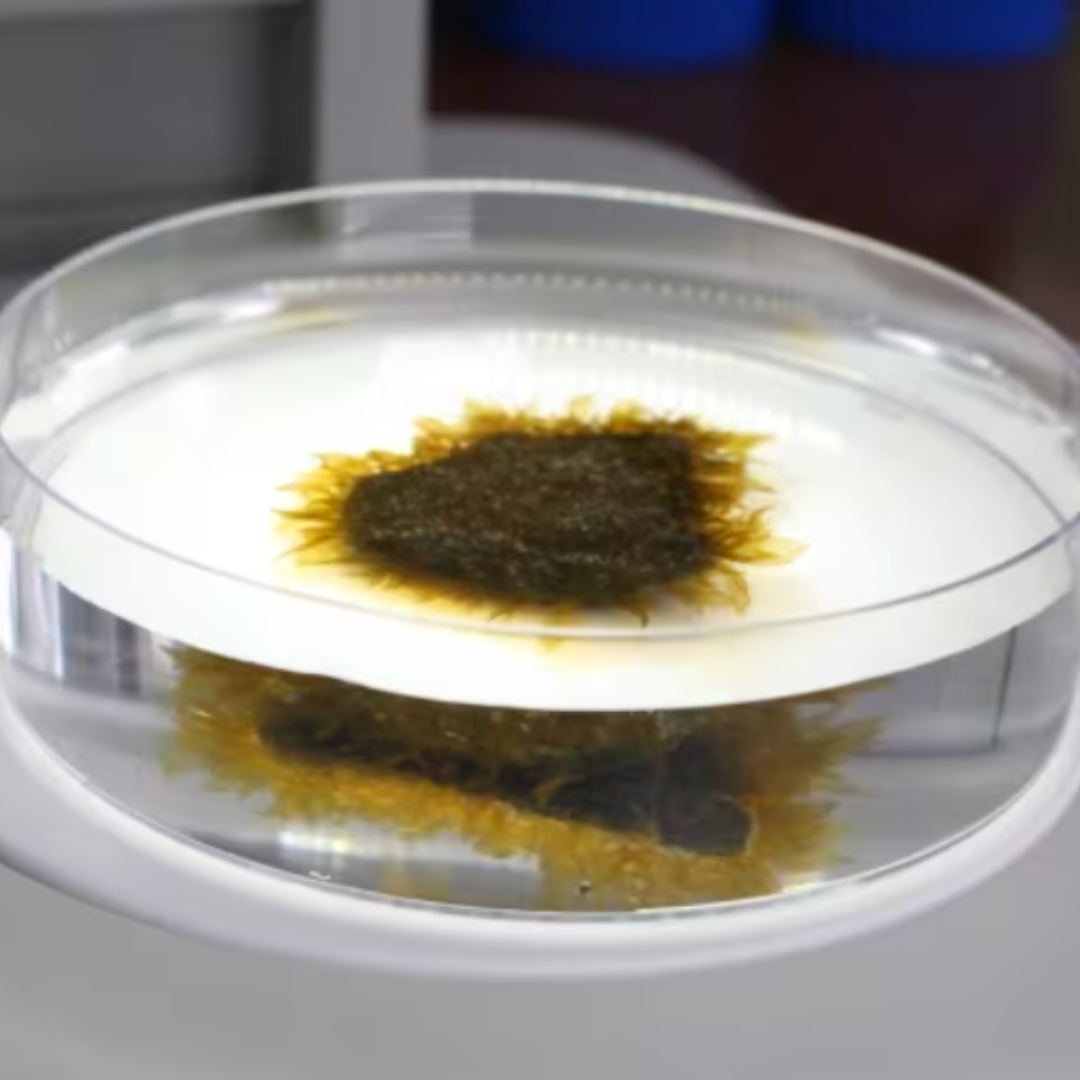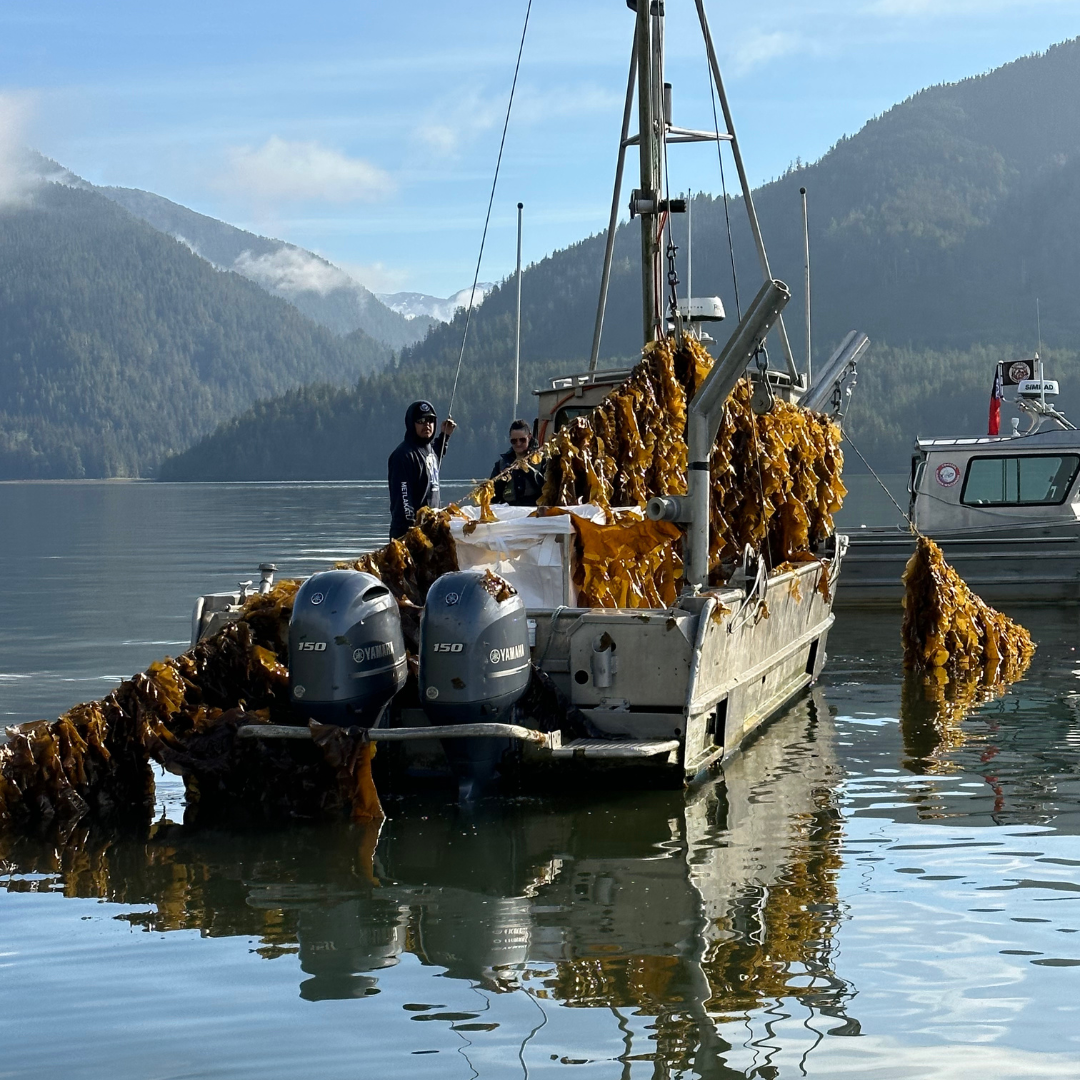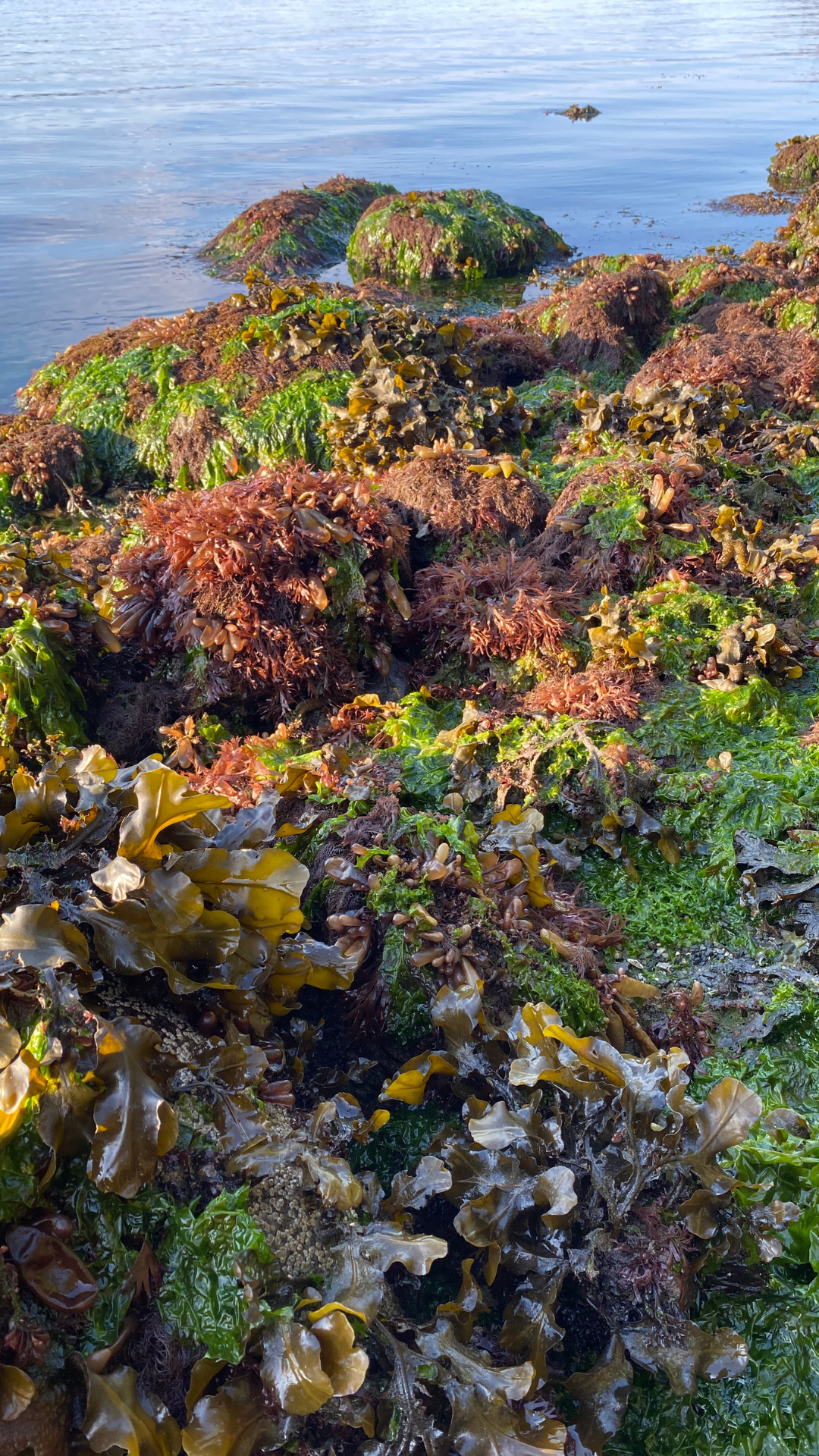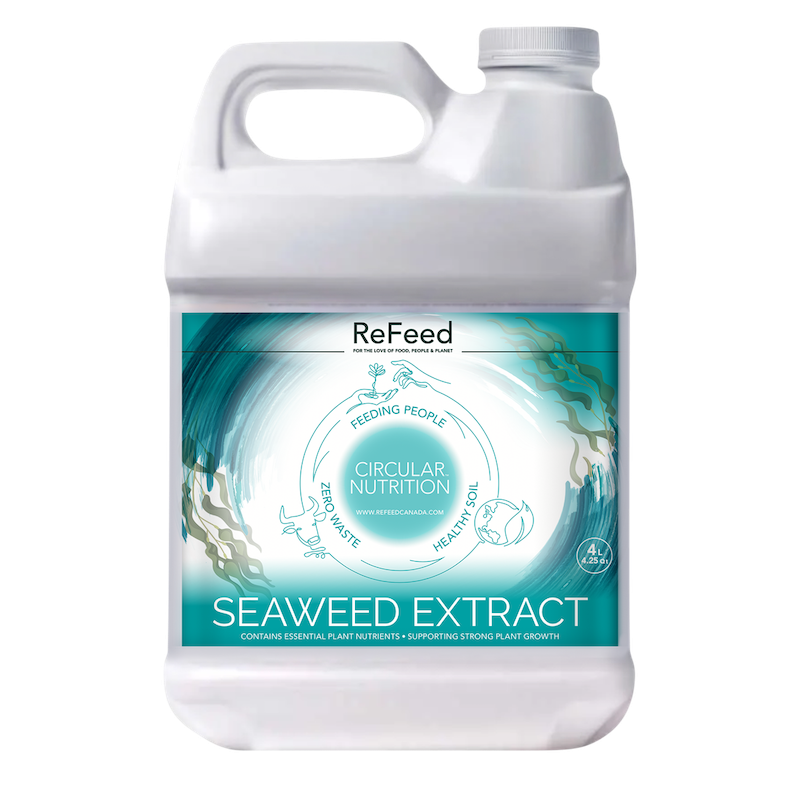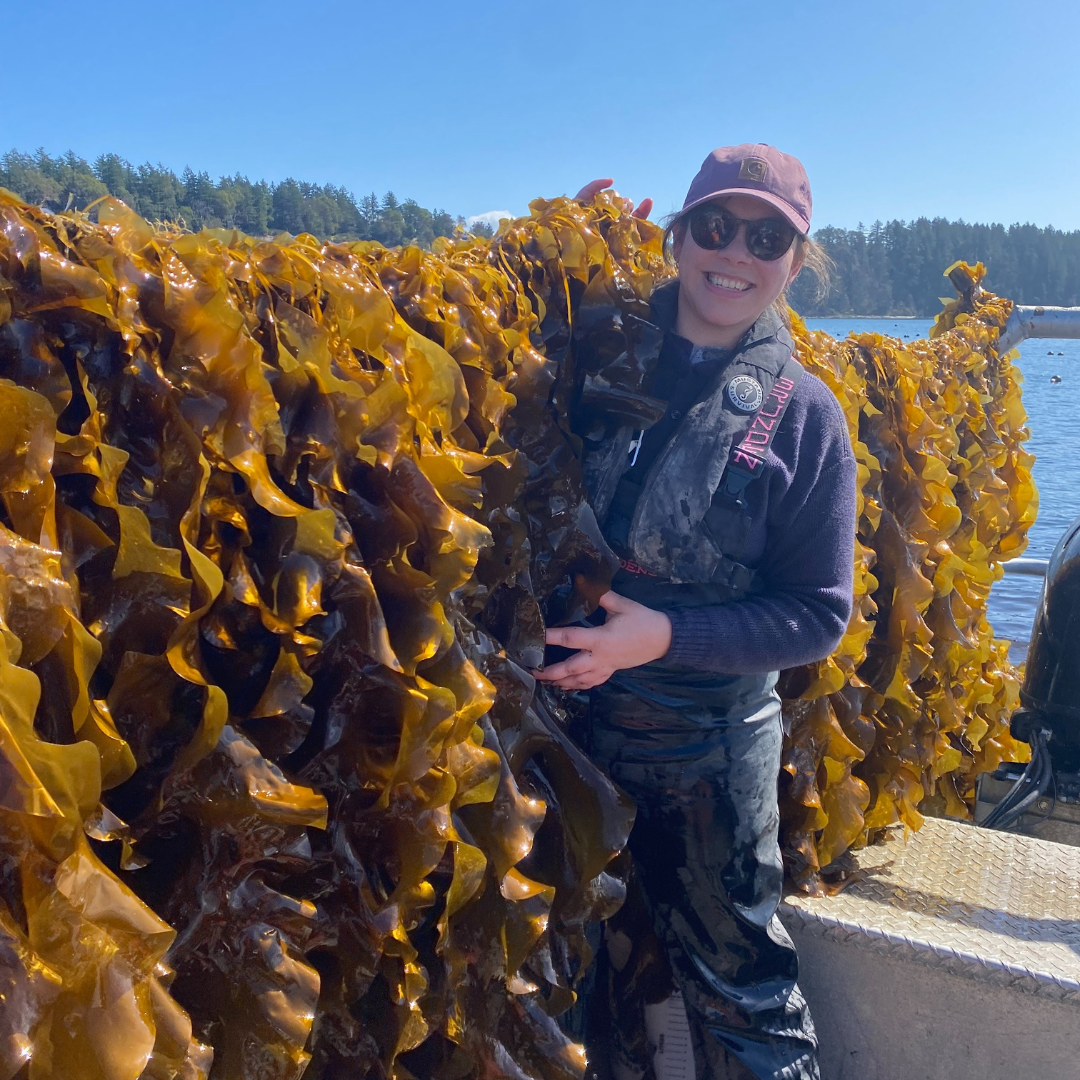At Cascadia Seaweed, we cultivate local species of seaweed and manufacture products for crop and cattle farmers.
Much of the world has had to shift to remote work because of COVID-19. To prevent the spread of the novel Coronavirus, roughly 3.4 million Canadians have begun working from home. And while that number has slowly dropped as social distancing restrictions ease, it's unclear when or whether office work will ever revert to normal.
by Joseline Baskin
To cope with the effects of the pandemic, lifestyle writer James Gonzales notes the importance of having the right fuel to maximize productivity, as professionals are still busy despite COVID-19. Indeed, eating properly not only ensures that you're keeping yourself healthy during the global crisis, but that you're also performing at your best, even while working remotely. One way you can do that is by incorporating nutritious seaweed in your meals. To that end, here are some easy seaweed recipes you can try out at home:
Sesame garlic seaweed chips
Cascadia Seaweed CEO Mike Williamson has highlighted the nutritional value of seaweed, which is also a relatively untapped sustainable food source even today. This makes seaweed a prime substitute for unhealthy junk food like potato chips and fries. So before you reach out for that bag of nachos, try out the recipe below for a healthier snacking alternative.
What you need:
• 20 seaweed sheets
• 2 teaspoons garlic powder
• 1/4 teaspoon cayenne pepper
• 1 tablespoon sesame oil
• 1 teaspoon kosher salt
Instructions:
1. Brush each seaweed sheet gently with sesame oil, coating only one side per piece.
2. Sprinkle a tiny amount of salt, garlic powder, and cayenne pepper onto the oiled sides.
3. Pre-heat a frying pan on medium-low. Once hot enough, place the seaweed sheets flat onto the pan and cook for a few seconds until dark green.
4. Flip and repeat.
5. Cut the cooked sheets into bite-sized pieces. Serve or store in the freezer, in airtight ziploc bags.
Feel free to play around with any other spices you might prefer, as these are what give the seaweed chips their flavor. Additionally, seaweed chips contain only a fraction of the salt content in junk food, while also packing more nutritional value. This makes seaweed a valuable addition to any busy individual’s diet.
Onigiri
Seaweed features heavily in Japanese cuisine, and one of the most recognizable dishes that uses it is onigiri — steamed and seasoned rice balls wrapped in roasted seaweed. Here’s how to make them:
What you need:
Rice seasoning (optional):
• 3 tablespoons sugar
• 1 teaspoon salt
• 1/3 cup rice vinegar
Rice balls:
• 2 cups uncooked rice
• 8 sheets of roasted seaweed wrappers
• filling (optional, add according to preference)
Instructions:
1. Cook rice according to packet instructions.
2. While the rice is cooking, mix the sugar, salt, and vinegar over medium heat in a saucepan until the salt and sugar have dissolved. Add this to the cooked rice and mix well.
3. Transfer the rice to a large bowl and let cool until just warm to the touch.
4. With wet hands, mold the rice into balls. Make a small indentation with your thumb if you're using filling, and add a tablespoon of it before closing up the hole with more rice.
5. Place a slice of nori at the bottom. Serve.
You can fill the rice ball with whatever you have on hand. Ham and canned tuna would work, or you can even use sushi-grade salmon if you’re feeling fancy. As you can see, this recipe is quite versatile, and perfect for busy remote workers who don’t have lots of time to cook.
Seaweed salad
One great thing about seaweed is that it's a wonderful complement to a main dish, or equally delicious on its own. Take, for instance, this simple but tasty seaweed salad, which is a good alternative if you're tired of eating the same old greens all the time.
What you need:
• 50 grams of dried seaweed
• 1 tablespoon soy sauce
• 1 tablespoon sesame oil
• 1 tablespoon miso
• 1 tablespoon mirin
• 1 tablespoon roasted white sesame seeds
• 1 teaspoon rice vinegar
• 1 teaspoon lemon juice
• 1 finely sliced red chili pepper
• a pinch of salt
Instructions:
1. Rehydrate the seaweed in a bowl of water for around 20 minutes.
2. Prepare the dressing by whisking together all the ingredients in a large bowl.
3. Drain the rehydrated seaweed. Depending on your preferences, you can slice it into bite-sized pieces or simply use it as is.
4. Place the seaweed in a serving bowl and pour the dressing. Top with sesame seeds and sliced chili. Serve chilled.
Health enthusiasts love salads for a reason — they’re incredibly easy to prepare, but pack a punch in terms of nutritional content. With just a few minutes out of your busy day, you can try whipping up this simple but delicious seaweed salad.
Places like North America and Europe, as well as other parts of the globe are rapidly turning their attention to the sustainability and high nutritional value of seaweed. Enjoy its many health benefits by trying out these recipes today.
Article specially written for cascadiaseaweed.com
by Joseline Baskin

C - 9774 Third Street Sidney British Columbia V8L 3A4
Email: info@cascadiaseaweed.com
Phone: 1-778-351-4484

9774 - C Third Street Sidney British Columbia V8L 3A4
Email: info@cascadiaseaweed.com
Phone: 1-778-351-4484

